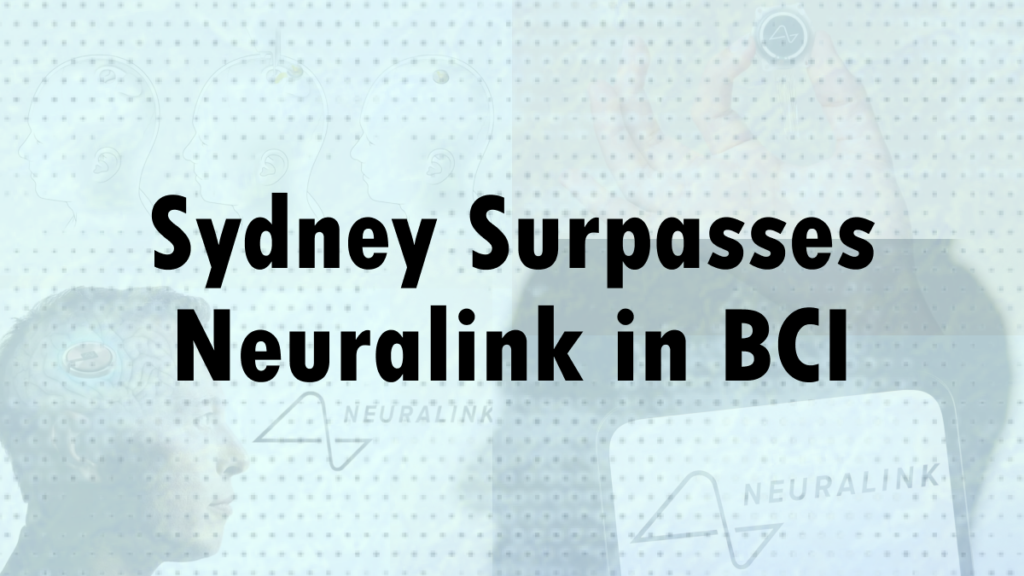Sydney Researchers Advance Brain-Computer Interface Technology Beyond Neuralink

Researchers in Sydney are making significant progress in developing brain-computer interface (BCI) technology, moving ahead of Elon Musk’s Neuralink. While Neuralink gained attention for implanting a computer chip into a human brain, researchers in Sydney have surpassed these efforts. Despite Neuralink’s achievement, questions linger about the specifics of the project and potential risks such as breaches of brain privacy and vulnerabilities to hacking. This has led many to look towards the advancements being made in Sydney with great interest and anticipation.
Dr. Steve Kassem from Neuroscience Research Australia urges caution regarding Neuralink’s developments, highlighting Australia’s prominence in neurological research. Notably, a project at the University of Technology Sydney showcases soldiers controlling a robot dog via brain signals, a breakthrough poised to revolutionize military operations.
“We showed that a soldier can control the robotic dog hands-free using their brain signals,” says Professor Lin, the director of the UTS Computational Intelligence and BCI Centre.
The soldier wears special glasses with a graphene interface to send commands to the robotic dog using brain signals. Lin mentions they’re improving the technology to make it work for multiple users, faster, and capable of controlling other vehicles like drones.
Meanwhile, Neurode, a company in Sydney, developed a headset to assist people with ADHD by monitoring their brain and delivering electronic pulses to address changes. Another team at UTS is working on the DreamMachine, which aims to reconstruct dreams from brain signals using artificial intelligence and electroencephalogram data to create images from the subconscious.
Moreover, companies such as Neurode and research teams at UTS are creating new solutions for conditions like ADHD and studying how to reconstruct dreams from brain signals.
Synchron, which started in Melbourne and is now in New York too, has made a mesh implant that lets you control the internet with your brain signals, especially helpful for people with conditions like motor neurone disease.
Dr. Christina Maher from Sydney University’s Brain and Mind Centre asserts that Synchron’s technology surpasses Neuralink’s in sophistication and safety, emphasizing the need for robust regulation to ensure equitable access and safeguard users’ data.
However, there are worries about the gap between people who can buy these technologies and those who can’t. This shows why it’s important to develop and regulate these technologies responsibly.
The advancement of brain-computer interfaces presents exciting possibilities but also raises profound ethical and privacy considerations. Kassem stresses the vast potential of the human brain while cautioning against profit-driven technological development and data exploitation.
While BCI technology offers remarkable potential, it also necessitates robust privacy measures given the sensitivity of brain data. Dr. Christina Maher highlights the importance of addressing ethical implications and implementing balanced regulation to guide the responsible development and deployment of BCI technology.
Researchers are working hard to understand the human brain, facing many ethical, legal, and social challenges along the way. Brain-computer interface (BCI) technology holds great promise, but it’s crucial to develop it responsibly and make sure everyone can benefit from it.
Until Then,
Follow Neureads for more interesting Neurotechnology news & stories.
